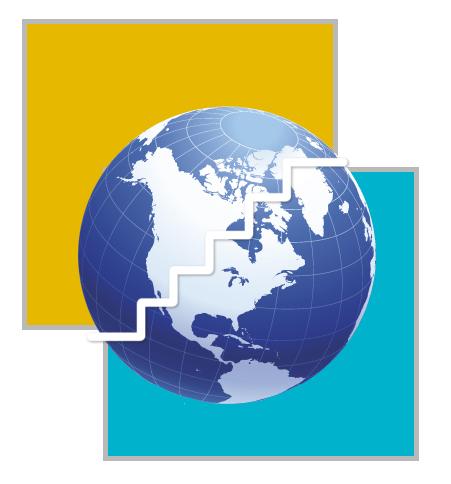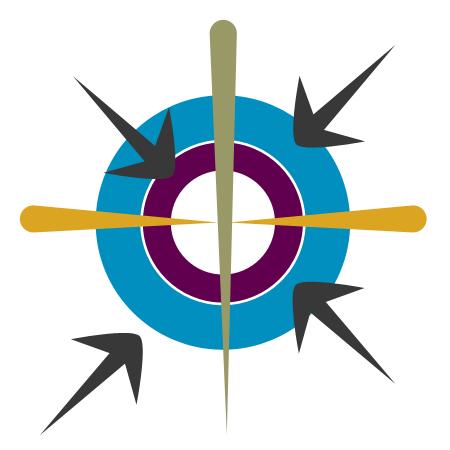MEDIA
An Indian think-tank calculates the price tag of conflict between India and Pakistan if peace doesn't prevail in the region.
An Indian think-tank has calculated the price tag of conflict between India and Pakistan, taking into account comprehensive economic costs, socio-political damage, military costs, diplomatic costs, human costs and even the implications of dropping nuclear bombs on Mumbai and Karachi.
The Peace & Conflict Monitor report says: "If peace does not prevail and terrorism continues, Kashmir will see the death of 6,000 civilians, 10,000 terrorists and 2,500 security personnel from 2004 to 2008."
It reveals that if a nuclear bomb of 15 kilotons was dropped in the Fort area of Mumbai on any weekday, the immediate death toll would be 2.3 million and would destroy the entire financial, intellectual and governing elite of Mumbai, leading to a financial collapse hard to recover from.
Likewise, if India retaliated with a 50 kiloton bomb on Karachi's Cantt Railway Station, the immediate death toll would be close to 1.8 million with all the financial and services infrastructure destroyed and life crippled.
Millions others in both the cities would be crippled, injured and devastated for life and the cost of rebuilding any of these cities would be unbearable for either of the two economies.
The report, prepared by the Strategic Foresight Group of the International Center for Peace Initiatives, based in Mumbai, was published in January and has been written by two young ladies, Ilmas Futehally and Semu Bhatt. They got input from several experts in Pakistan and India, including Ambassador Niaz A Naik, Dr. S. Akbar Zaidi and two Pakistani journalists Nazir Ahmed Leghari and Zafarullah Khan.
From India, Lt-Gen B. S. Malik, who is a former chief of staff of the Western Command of Indian Army, Mr. V. Rangaraj, a shipping executive, and Dr. E. Sridharan, a political economist, helped the team.
The report estimates Gross Terror-economy Product (GTP) of Kashmir and Pakistan and likely financial and human costs that the two countries will incur in the next five years if they do not consolidate the gains made at the SAARC Summit at Islamabad in January 2004.
In a colourfully presented book which carried a foreword by former Pakistani diplomat and Foreign Secretary Niaz A. Naik, an active Track-II diplomat and also known as the secret emissary between General Musharraf and PM Vajpayee.
"This document is of exceptional quality in its comprehensive coverage and analytical strengths. It is the first time that we have such all encompassing information and analysis on one place on the implications of adversarial relationship between India and Pakistan," Naik wrote.
It is a rare document, presented in graphical form for easy and quick comprehension by decision-makers. Some of the main observations made in the report are:
- India and Pakistan have followed a "swing" model of relations whereby the pendulum of the relationship swings from one end to the other - conflict in May 1998 to peace in February 1999 to conflict in May 1999 to peace in November 2001 to conflict in December 2001 to peace in April 2003 to further peace in January 2004.
- The Siachin conflict alone will cost India Rs72 billion and Pakistan Rs18 billion in the next five years. Together they will lose about 1,500 soldiers in the next five years in Siachin without fighting a war.
- If the troops are mobilised again in the future on the pattern of 2002 for a year, it will cost India 0.46 percent of GDP and Pakistan 2.25 percent of GDP.
- Pakistan incurs equal amount of expenditure on military and development (3.8 percent of GDP), while India spends 2.7 percent of GDP on military and 6.2 percent on development.
- Pakistan's GTP (Gross Terror-economy Product) is Rs264 billion or equal to 6.6 percent of its GDP.
- Pakistan's Conflict Economy is more than 10 percent of GDP. The Conflict Economy includes GTP and military expenditure.
- Kashmir's GTP is estimated at Rs3.5 billion.
- Pakistan's jihadi forces are expected to increase from 200,000 at present to 300,000 at the end of the decade and the army from 620,000 at present to 646,000 at the end of the decade.
- Pakistan experienced 617 incidents of sectarian violence in the last five years.
- The control of Pakistan's military on its economy has enabled military officer's to head Water and Power Development Agency, Electric Supply Corporations of all major cities, Oil and Gas Development Corporation, Pakistan Telecommunication Authority, Pakistan Steel Mills, Port Trust of Karachi and Gwadar, National Highway Authority, Tourism Development Corporation, Shipping Corporation, Civil Aviation Authority, Post Office, National Accountability Bureau, Public Service Commission, Life Insurance Corporation and provide vice-chancellors of major universities.
- India's trade with Pakistan accounts for about half percent of its total trade.
- The bilateral conflict between India and Pakistan depresses investment climate to undermine GDP growth rate by two percent.
- SAARC intra-regional trade is presently $3 billion compared to the potential of $7 billion, resulting in an opportunity deficit of $4 billion.
- India and Pakistan have the potential to enjoy a trade of about $1 billion if hostile environment continues and $13.25 billion if peace prevails on a cumulative basis for the next five years (2004-08) resulting in an opportunity loss of $12 billion.
- Both the countries have incurred heavy diplomatic costs by blocking each other in different multilateral organisations such as ASEAN, ARF, UN Security Council, Commonwealth and OIC.
- Kashmir is a major conflict with the Valley accounting for only a quarter percent of the combined population, area and economy of India and Pakistan.
- If peace does not prevail and terrorism continues, Kashmir will see the death of 6,000 civilians, 10,000 terrorists, 2,500 security personnel during 2004-08.
- The casualties of Kashmir conflict since 1988 to 2000 were 85 percent Muslims and 11 percent Hindus.
- If the Kashmir conflict continues, 45,000 patients may report to hospitals for psychiatric diseases every year during the next five years.
- The political leaders killed in Kashmir have been just under 500 since 1989.
- Kashmir lost 27 million tourists from 1989-02 leading to tourism revenue loss of $3.6 billion.





